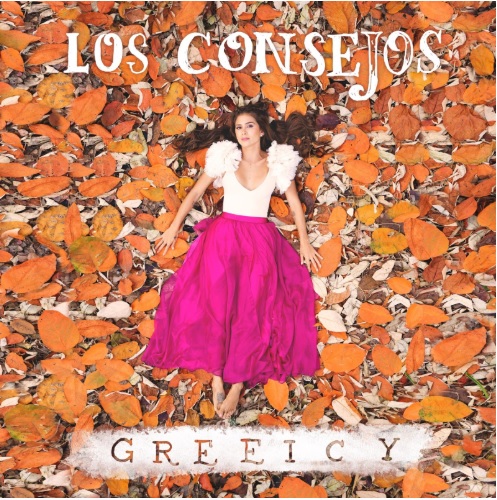At present, Pentagram has international recognition for being the group that has made more national tours in the USA
Agrupación “Gaitera” was born in 2008 in the city of Miami, participating in various events and festivals, in 2012, they began to produce themes for the Spectator, which were very accepted by the public.
In 2017, the group was established as a group since they began to accompany great artists of the genre, as Neguito Borjas, Ricardo Cepeda, Nelson Arrieta, Rafael “Pollo” Brito among others.

At present, Pentagrama has international recognition for being the group that has made more national tours in the USA and international tours in Panama, Chile, Spain, Argentina, and Colombia.
Members
Robert Richards-Four and Soloist
Jesus “Chuchito” Ibarra-Solista
Fernando Mindeola-Solista
Avelino Romero-Solista
Luis “Chua” Urdaneta-Congas y Coros
José Rafael Querales-Bajo y Coros
Gilberto Ferrer-Teclados
Ronald Guerra-Pianos
Adelmo Gauna-Battery – Timbal
Alejandro Araujo (Timbal)
José “Pokemon” Ferrer-Tambora
Melvin W. Alvarez-Charrasca
Melvin Álvarez Sr. – Furro
Arnaldo Quintero (Contra Bass)
Daniel González (Drums)

The Gaita and its History
In the first forms of bagpipes, the chants of the Mass that the Catholic missionaries taught, the percussion of the drums, the characteristic guttural sound of the furro (a derivative of the Zambomba), the maracas and the charrasca were combined, and the cuatro, derived from the guitar, together with the Spanish chants, represented the Iberian contribution.
The performance of the natives contributed the definitive style to this new music.
The following is an extract that comments a little more on the origins of the Gaita:
The origins of the Zulian Gaita have not been established with precision, but it is assumed that it was born with the republican concerns of the people, perhaps in the first decades of the 19th century, as demonstrated by the patriotic Easter songs dedicated to Ana María Campos, the Altagratian patrician who was whipped by order of the fierce Morales when she refused to withdraw her lapidary phrase: “O capitula o monda”.
Traditionally, the Gaita has been linked to the devotion to Santa Lucía in the El Empedrado neighborhood, and in this sense it is recalled that when Father José Tomás Urdaneta was in charge of the parish, he took the noisy bagpipers out of the temple. It can be said that since then, the Gaita has lost the religious character that it had for many years in the cobblestone district, to become definitively an instrument of healthy Easter joy and the most effective means of criticism and protest of the humble people.
Our Gaita has always been characterized by the freshness of its music and the mental agility of its players.
The origin of the Gaita according to Rafael Molina Vilchez
“The Zulian Gaita, like many other manifestations of Latin American costumbrismo, is mestizo. It has a polyethnic genetic mosaic, but its root is Hispanic, although the Hispanic nature is preserved in very different progressions than the maracaibera bagpipe (also called the furro bagpipe), the song of the criollo citadinos, in which it survives with strength, in comparison with the tambora and perijanera bagpipes, in which the blackness leaves a more intense mark”.
This scholar of folklore points out that the gaita is Spanish, but that over time two divergent tendencies have emerged: The maracaibera Gaita and the black Gaita.
This opinion has generated controversy, but it is quite shared, since the term “gaita” has Galician-Portuguese roots: it comes from the Gothic word “gaits” which means “goat”, because the bellows of the Galician gaita are made from the leather of the goat. From Spain through the African Arab countries it reached Turkey, in whose language it is translated as “shepherd’s flute”, which would be in accordance with the drawing Agustín Pérez Piñango found with the Glorious San Sebastián Gaita, which dates from 1668, according to a document located in the old National College of Maracaibo, which brings the lyrics and music in Gregorian characters. It would be the oldest Gaita known.
However, other scholars, among them Juan de Dios Martinez, maintain that the Gaita began with the black slaves in the haciendas of the South of the Lake, as a protest and evoking their festivals in the African areas from which they came.











